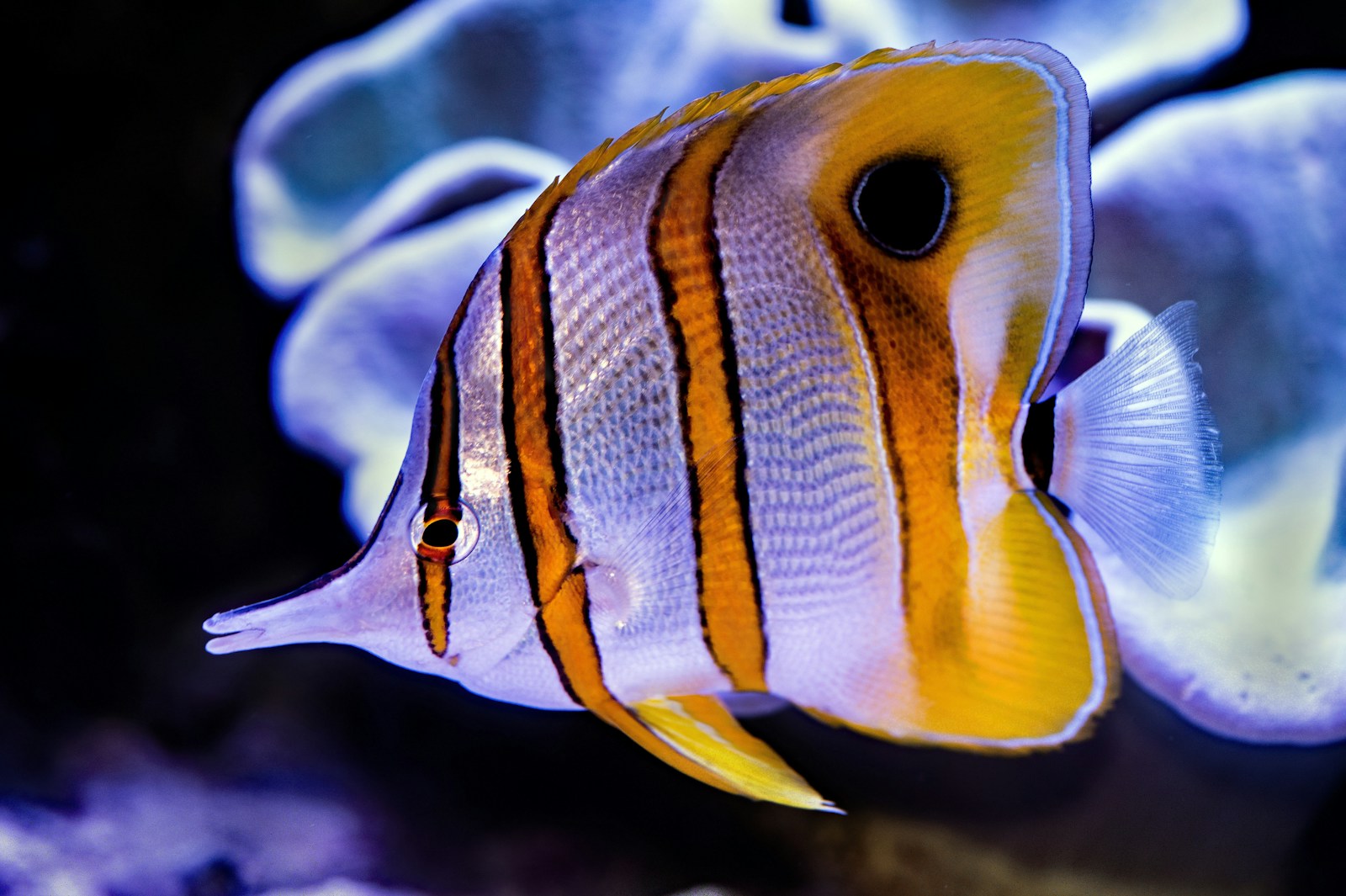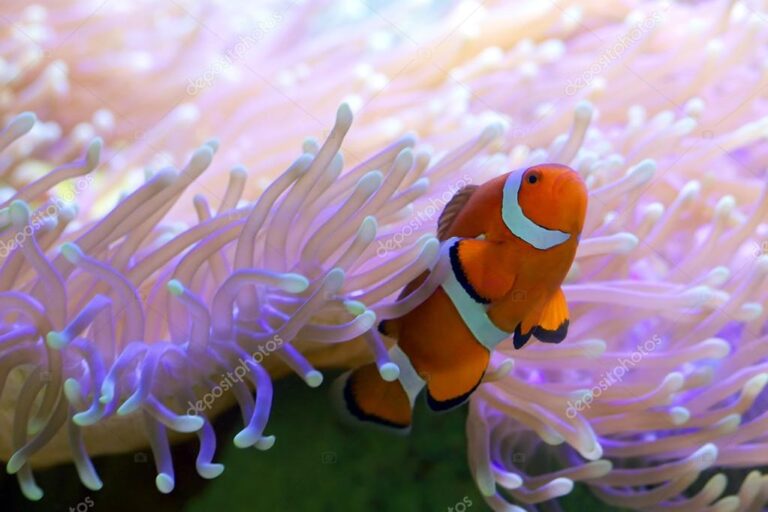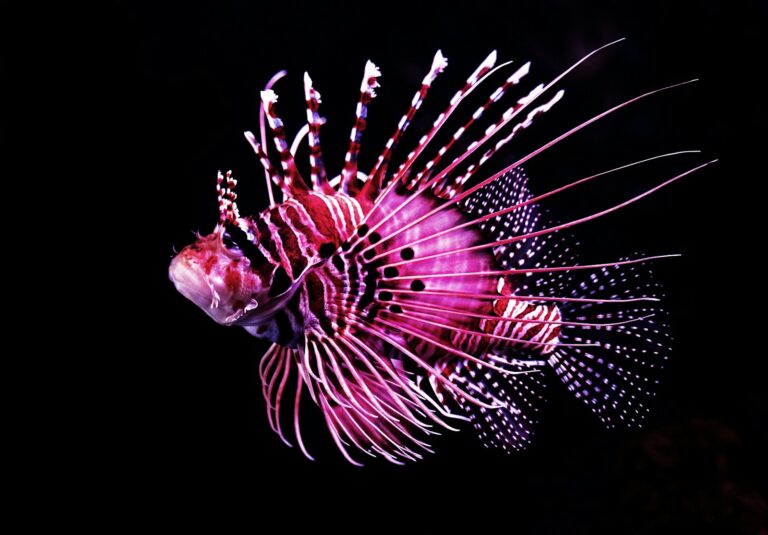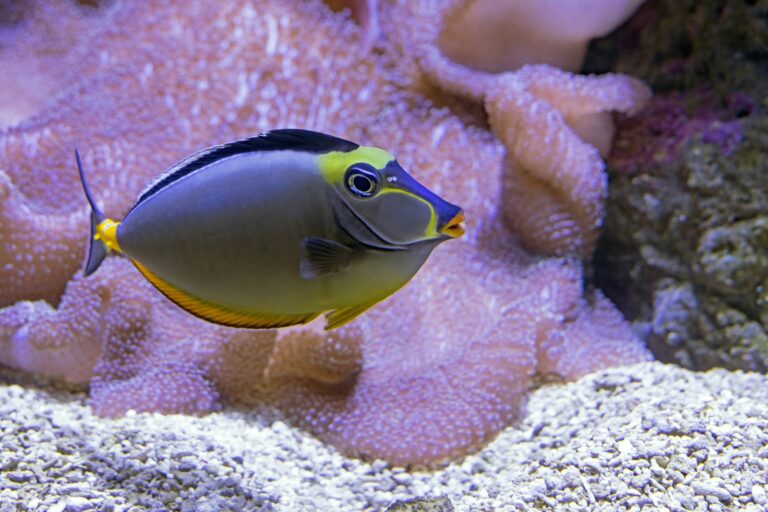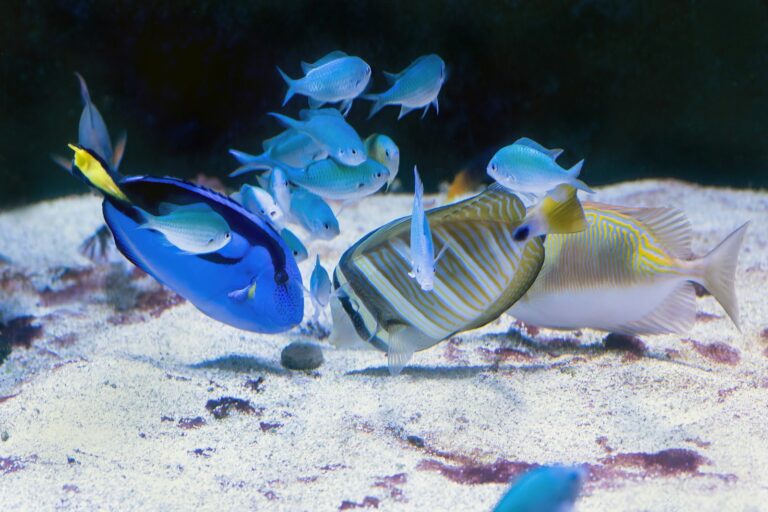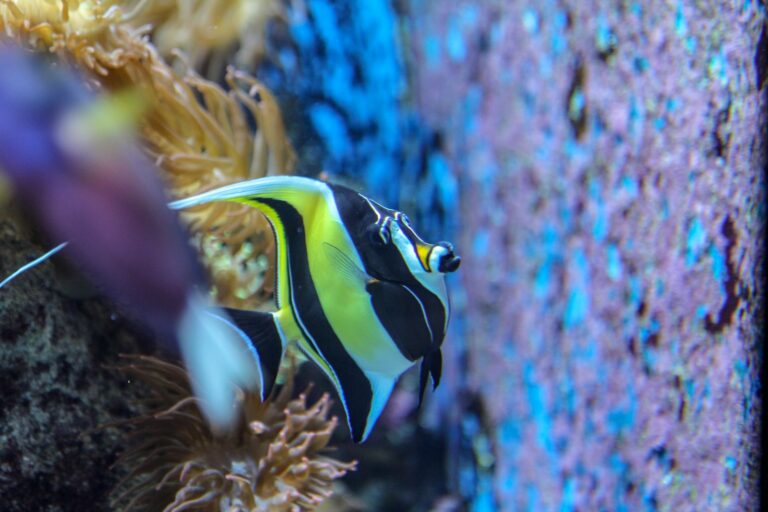Butterflyfish in Saltwater Aquariums: A Complete Care Guide
Bright, vibrant, and undeniably graceful, Butterflyfish are among the most captivating marine fish you could add to your saltwater aquarium. Known for their intricate patterns and delicate body shapes, they bring a slice of tropical beauty into your home. But beautifying your tank isn’t all there is to Butterflyfish. Keeping them healthy requires thoughtful care, proper tank conditions, and a little patience.
Whether you’re a seasoned aquarist or new to saltwater tanks, this guide will walk you through everything you need to know about keeping Butterflyfish—from selecting the right species to maintaining an ideal environment.
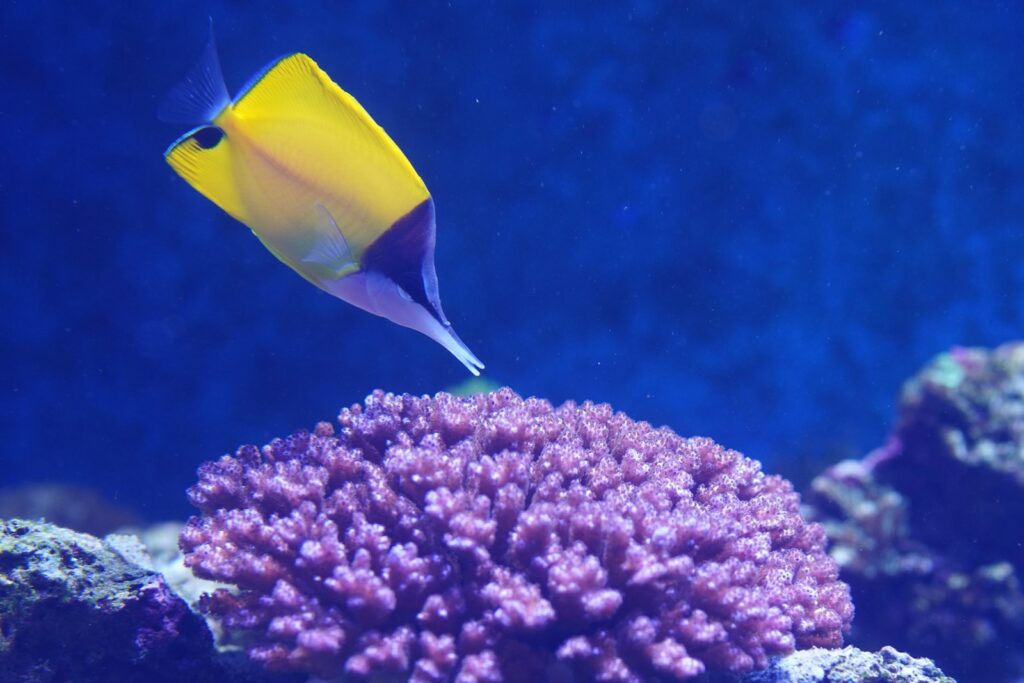
Why Choose Butterflyfish for Your Aquarium?
The allure of Butterflyfish lies in their dazzling array of colors, patterns, and gentle movements within the tank. Hailing from tropical and subtropical reef waters, these fish are true show-stoppers that turn your aquarium into a vibrant underwater paradise.
Their shapes and elegant swimming styles also mimic the wild ocean environment, creating a dynamic focal point for both hobbyists and visitors. However, their appeal also comes with challenges; Butterflyfish require meticulous care and specific husbandry practices to thrive.
According to Dr. Emily Carter, a Marine Biologist, “Butterflyfish add unparalleled beauty to any saltwater aquarium, but require dedication.”
Popular Butterflyfish Species for Aquariums
With over 100 species found in the wild, not all Butterflyfish are suited for home aquariums. Below are some beginner- to intermediate-friendly options for hobbyists.
1. Copperband Butterflyfish (Chelmon rostratus)
- Known for its thin vertical orange bands and long snout, the Copperband is a favorite among aquarists.
- Best suited for larger tanks, as they are shy and require plenty of open swimming space.
2. Pearlscale Butterflyfish (Chaetodon xanthurus)
- A hardy species with a unique pearly, scale-like pattern on its body.
- A great choice for those new to Butterflyfish, as it adapts better to captive environments.
3. Raccoon Butterflyfish (Chaetodon lunula)
- Named for the “raccoon mask” marking on its face.
- Excellent for pest control, as it feeds on nuisance invertebrates like Aiptasia anemones.
4. Longnose Butterflyfish (Forcipiger flavissimus)
- With its slender body and elongated snout, this species is a striking addition to any tank.
- A peaceful fish that gets along well with non-aggressive tankmates.
Setting Up Your Aquarium
Proper setup is critical when it comes to keeping Butterflyfish happy and healthy. Here’s what you need to know about their tank requirements.
1. Tank Size
Butterflyfish are active swimmers and need ample space to roam. A minimum tank size of 75 gallons is recommended, but larger tanks (100+ gallons) are ideal, especially if you’re housing multiple species.
2. Equipment
Ensure your tank is equipped with the following essentials to maintain healthy water quality and mimic their natural habitat:
- High-quality protein skimmer
- Sufficient filtration system
- Powerheads for strong water movement
- LED lighting to replicate reef conditions
3. Aquascaping
Butterflyfish thrive in well-structured environments. Arrange live rocks to create crevices and caves for hiding while leaving plenty of open areas for swimming. Avoid sharp objects, as these could damage their delicate bodies.
Water Parameters and Tank Maintenance
Maintaining stable water conditions is crucial for Butterflyfish health. “Success with Butterflyfish lies in mimicking their natural environment,” advises John Davis, an experienced aquarist.
Ideal Water Parameters for Butterflyfish
- Temperature: 73–80°F
- pH Level: 8.1–8.4
- Salinity: 1.020–1.025
- Ammonia/Nitrites: Zero
- Nitrates: Below 20 ppm
Regular water testing, consistent water changes (10-20% every 1-2 weeks), and careful monitoring of parameters will ensure optimal living conditions.
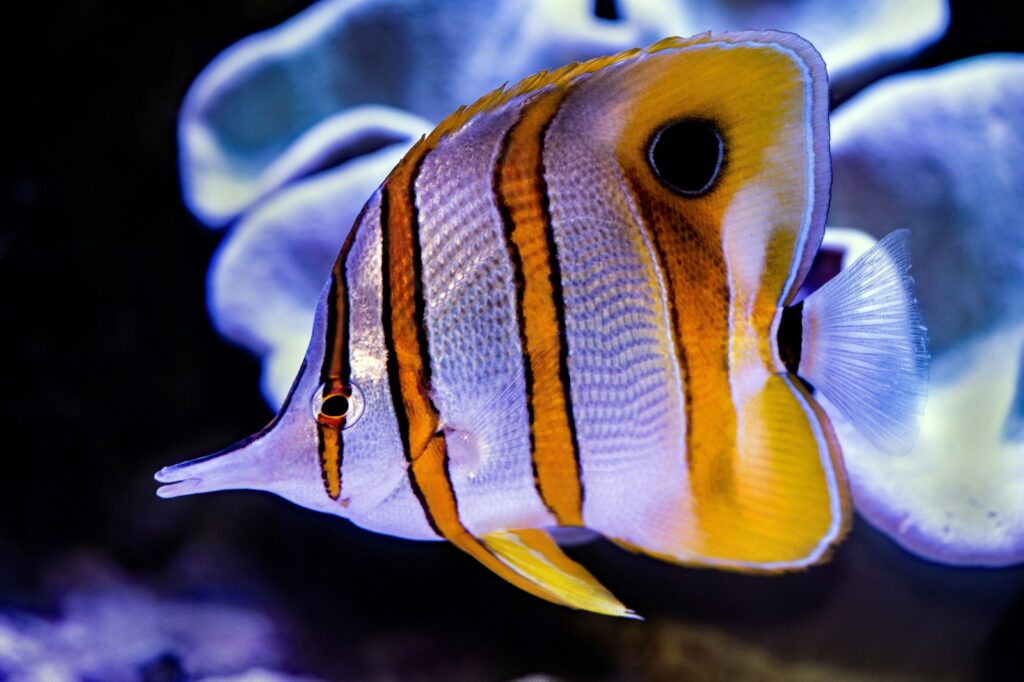
Feeding and Nutrition
Butterflyfish have diverse dietary needs that require a varied and nutritious feeding regime.
What to Feed Butterflyfish
- Frozen and Live Foods: Offer brine shrimp, mysis shrimp, and chopped clam meat.
- Algae-Based Foods: Include dried seaweed or algae strips to meet their herbivorous needs.
- Specialized Diets: Pellets or flakes formulated for omnivorous saltwater fish.
Feed them small portions 2-3 times daily to mimic their grazing behavior in the wild. Variability is key to preventing nutritional deficiencies.
Common Diseases and Treatment
Like any fish, Butterflyfish are susceptible to various diseases. Proactive care can help prevent most health issues.
Common Issues
- Marine Ich (Cryptocaryon): Look for white spots on the skin. Treat with a quarantine tank and copper-based medication.
- Flukes: Causes lethargy and rapid gill movement. Perform freshwater dips as part of the treatment plan.
- Lateral Line Erosion: Often linked to poor water quality and nutrition. Address environmental stress factors immediately.
“Always quarantine new Butterflyfish to prevent disease outbreaks in your main tank,” recommends Sarah Miller, an experienced aquarium shop owner.
Compatibility with Other Tankmates
Butterflyfish are peaceful, but not all tankmates are compatible.
- Good Neighbors: Gobies, tangs, wrasses, and other small- to medium-sized peaceful fish.
- Avoid: Aggressive species like triggers and puffers, as well as slow-moving fish that may compete for food.
Keep in mind that some Butterflyfish could nip at corals, sponges, or invertebrates in reef tanks. Research your species carefully before adding one to a community tank.
Should You Keep Butterflyfish in a Reef Tank?
Here’s the good and the bad about keeping Butterflyfish in a reef tank.
Pros
- Stunning aesthetics add color and movement to a reef setup.
- Certain species, like the Raccoon Butterflyfish, help control pests like Aiptasia.
Cons
- Many Butterflyfish nip at corals, making them unsuitable for delicate reef environments.
- Finding a balance between a thriving reef and a thriving Butterflyfish can be tricky.
Finding Healthy Butterflyfish
When sourcing Butterflyfish, prioritize reputable breeders or aquarium stores that practice sustainable collection methods. Look for signs of health:
- Bright and vivid coloration
- Clear eyes and intact fins
- Active swimming behavior
If possible, observe the fish eating before purchasing to ensure they’re acclimated to captive food sources.
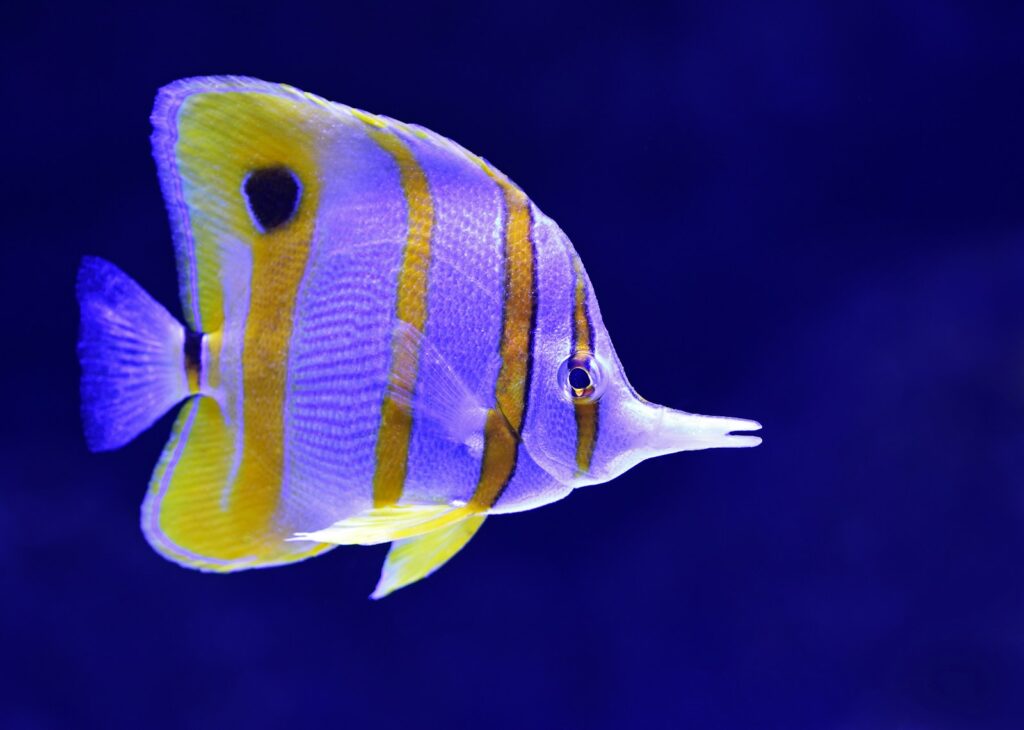
Are Butterflyfish the Right Choice for Your Aquarium?
Butterflyfish can be a mesmerizing addition to your saltwater tank, but they require careful attention and a commitment to maintaining optimal conditions. If their unique beauty sparks joy and you’re ready to invest the time and effort, they’ll reward you with their vibrant presence and fascinating behaviors.
For those seeking guidance, consider consulting with specialized aquarists or joining an online community of Butterflyfish keepers for tips and insights.
Take the leap, and you’ll soon find yourself captivated by this enchanting underwater world.

